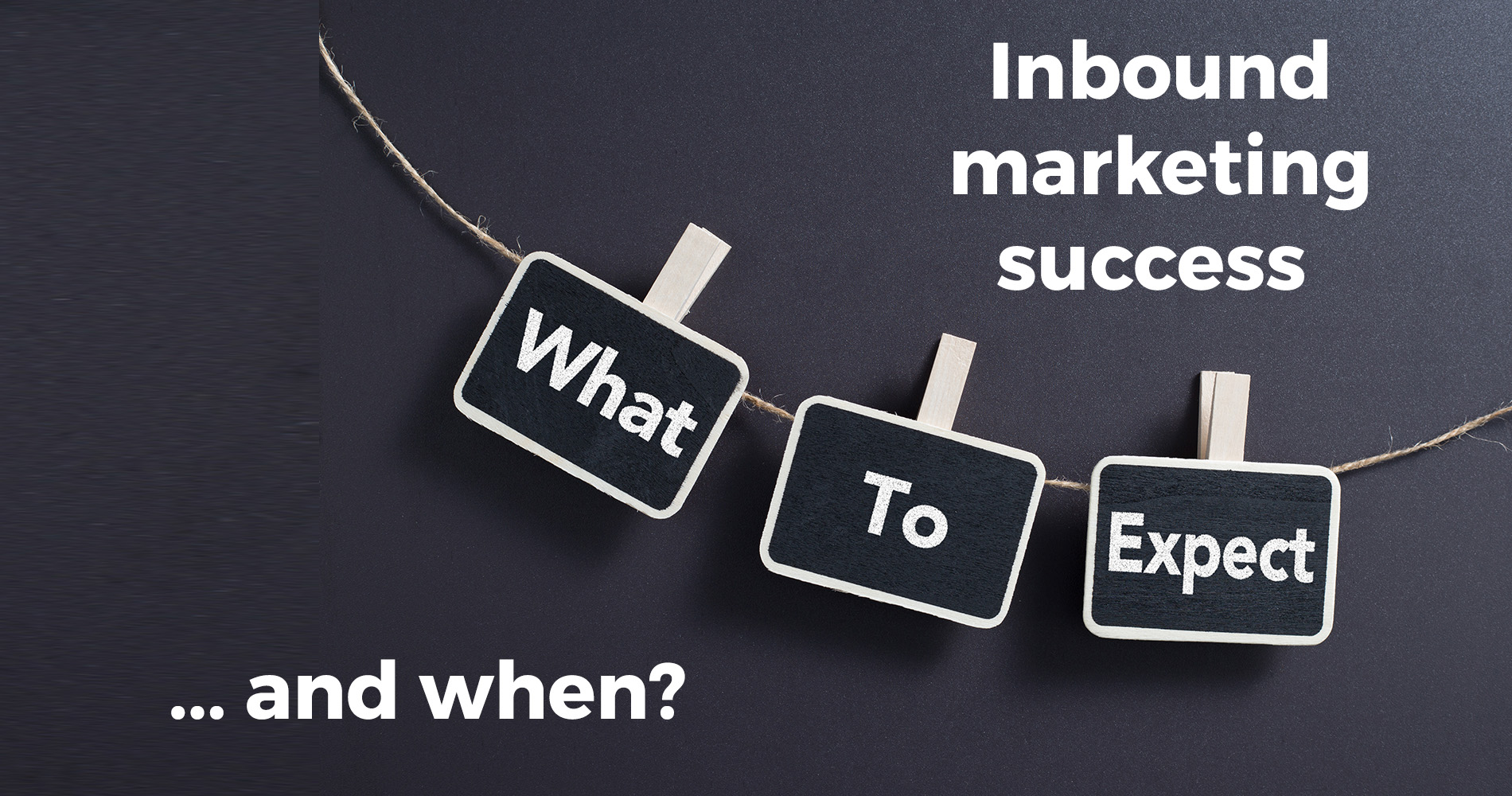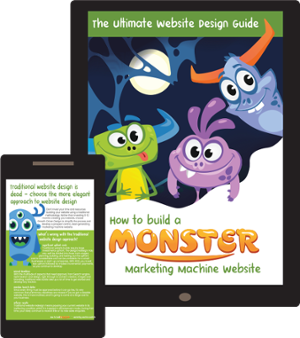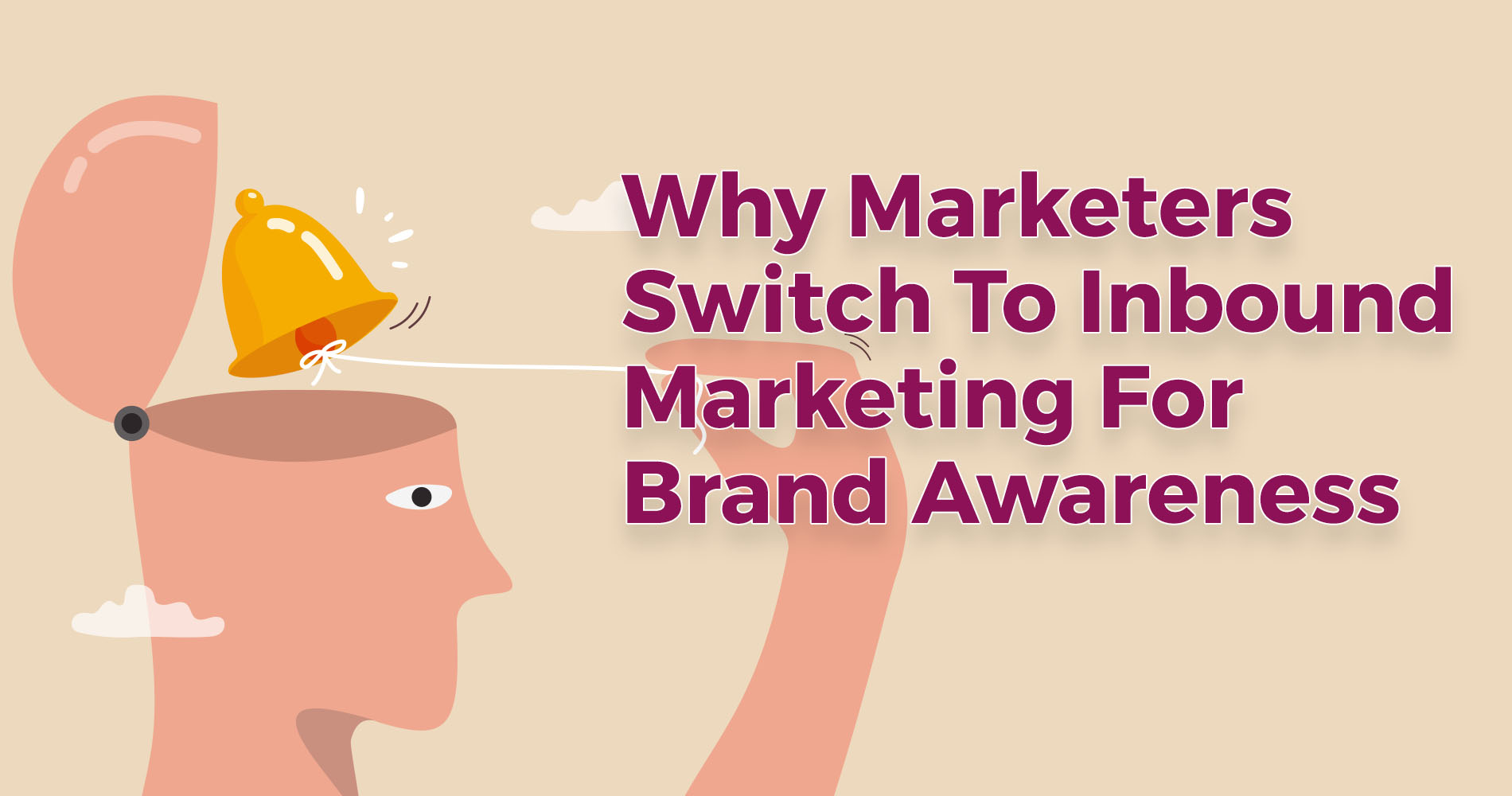Inbound marketing is one of the trickiest, but most profitable, areas of marketing. But having jumped into inbound marketing from traditional orthodox marketing methods, I bet you are eager to see your lead board explode.
Maybe you're an experienced pro who wants to rev up results with your content. Each of us strives to maximise the results of our inbound activities. However, inbound marketing is both long and complicated.
Yes, you will achieve great results, but you must be patient.
The key is to adopt the right approach. Usually, you can expect consistent traffic in six to nine months if you stick to your plan.
Here’s why the process takes the time it does, and all its key components. Keep track of them just as long as you can.
First things First,
Before all this waiting for the results, I think it's important to define your definition of success.
As far as marketing campaigns go, it all comes down to what you are looking for, and that might be different from organisation to organisation. On a deeper level, Your inbound marketing success extends beyond just an increase in sales at the beginning. There are dozens of KPIs to take into consideration as well.
Of course, it sounds great to our ears, and that's what we're all aiming for, sales!
Vanity metrics are important, but it's wise not to obsess over them. All those things are great, you just want to see them increase - traffic, retweets, likes, and stuff like that. While they're valuable, they're not everything when it comes to inbound marketing.
The key is to think along the lines of lead generation, email results, social media metrics, and everything else that leads to a successful campaign.
It's all about content
An inbound strategy without good content is like a stew without salt. Your content is crucial to getting the results you want within that typical period of six to nine months. Most inbound marketing relies on content to produce results, thereby focusing primarily on organic traffic.
You need to plan your content around your customers' journey so that you can create content according to where they are in the buying cycle. It's also important for your content to be compatible with how search engines respond to queries and how people input them.
As you create that content, keep these things in mind and get it all online as soon as possible. Once the traffic is established, it can take six to nine months to build consistent traffic. Do not worry since it often takes a while for this to happen, so be patient.
Try a few blogs, but don't stop there. The key to getting Google to understand what you do is to build topic clusters and compound content. Even a clever search engine like Google couldn't detect anything valuable about you from just one blog post.
Your best bet for building links is to create a lot of valuable content. Then, you can share it on social media.
Check this article: Winning Eyeballs - Content Distribution “The Exposure"
What other benefits does content provide?
A successful inbound content strategy focuses on attracting, engaging, and delighting relevant website visitors by telling a compelling story that inspires and educates them to make a change, putting their needs and interests first.
It's important to teach your audience something, but this alone isn't enough for an inbound content strategy. For them to transform, you have to help them apply the learning in a meaningful way. The right way to do this builds trust, and trust is key to doing business.
The content of any inbound strategy plays a crucial role. There are many ways in which it can affect social traffic and growth, email click-through rates, website engagement, and more. Providing regular, helpful content will help achieve all of these goals. The different types of content on your website can also help lower bounce rates (perfect if that's what you're trying to achieve), which encourages visitors to stay on your website for longer.
A good indicator of engagement is returning visitors so you need to keep striving for that too. Instead of only offering deals, focus on return visitors, reducing bounce rates, and those who are more interested in your business now.
You should also consider how it will impact your database, particularly if you're looking for new subscribers. Alternatively, you can stick with PPC, but the revenue will be smaller.
A healthier database attracts people who aren't ready to buy yet, but they'll take longer since they're just starting. It doesn't matter if you get those early leads, they won't buy from you.
By contrast, with just a PPC campaign, you won't be able to keep hold of the relationship for as long. Relationship building helps retain clients for a longer period. Thus, leads have a much higher ROI and lifetime value.
This maybe of interest: Rookies Content Creation Guide
So, how long really?
Content creation regularly plays a major role in how fast or slow you see results. It is therefore essential to develop great content regularly to generate results.
Moreover, Setting benchmarks is crucial to measuring the success of inbound marketing. It is important to set long-term as well as short-term goals. To improve your campaign, you should regularly track and analyse your key performance metrics.
You may also want to consider the following inbound marketing tactics such as, Guest blogging, Creating landing pages, On-page SEO, Social media engagement and, Call to actions.
When you are only interested in blogging, it will take twice as long for your inbound marketing campaign to receive any results. Planning and developing an inbound marketing campaign requires perspective. At the end of the day, it all comes down to how much effort you put into it. Whether it takes two months or nine months, it will all start to pay off with the right patience, hard work, and timing. However, If you are not seeing results after more than 12 months, you may have hit a snag. You may be targeting the wrong keywords, or you may be using spam or plagiarism.
It's easier to achieve better results faster when you focus on the right keywords, are creative, and consistently produce great content. Focus on quick wins to maximise the start of your first campaign. Prepare case studies and answer questions people are asking you. See how many leads you'll generate if you give away anything for free and ask for an email address.
Slow and steady wins the race
To put it bluntly, you will lose your strategy if you stop. Stay consistent with your inbound process. You need to stay visible and answer people's questions by optimising and refreshing where you can.
Getting the results you need doesn't happen overnight, which is why businesses hire agencies (like ours) to help them with the process and get the results they need. When you work with the experts, you'll get thousands of views per month. Although it's gradual, you'll be able to offer your customers something more creative and reactive.
Our team has helped clients smash inbound targets and get results, so we know how long it can take. Let us give you an overview of how the right planning will help you throughout the year.






